SUMMARY
This is AI generated summarization, which may have errors. For context, always refer to the full article.
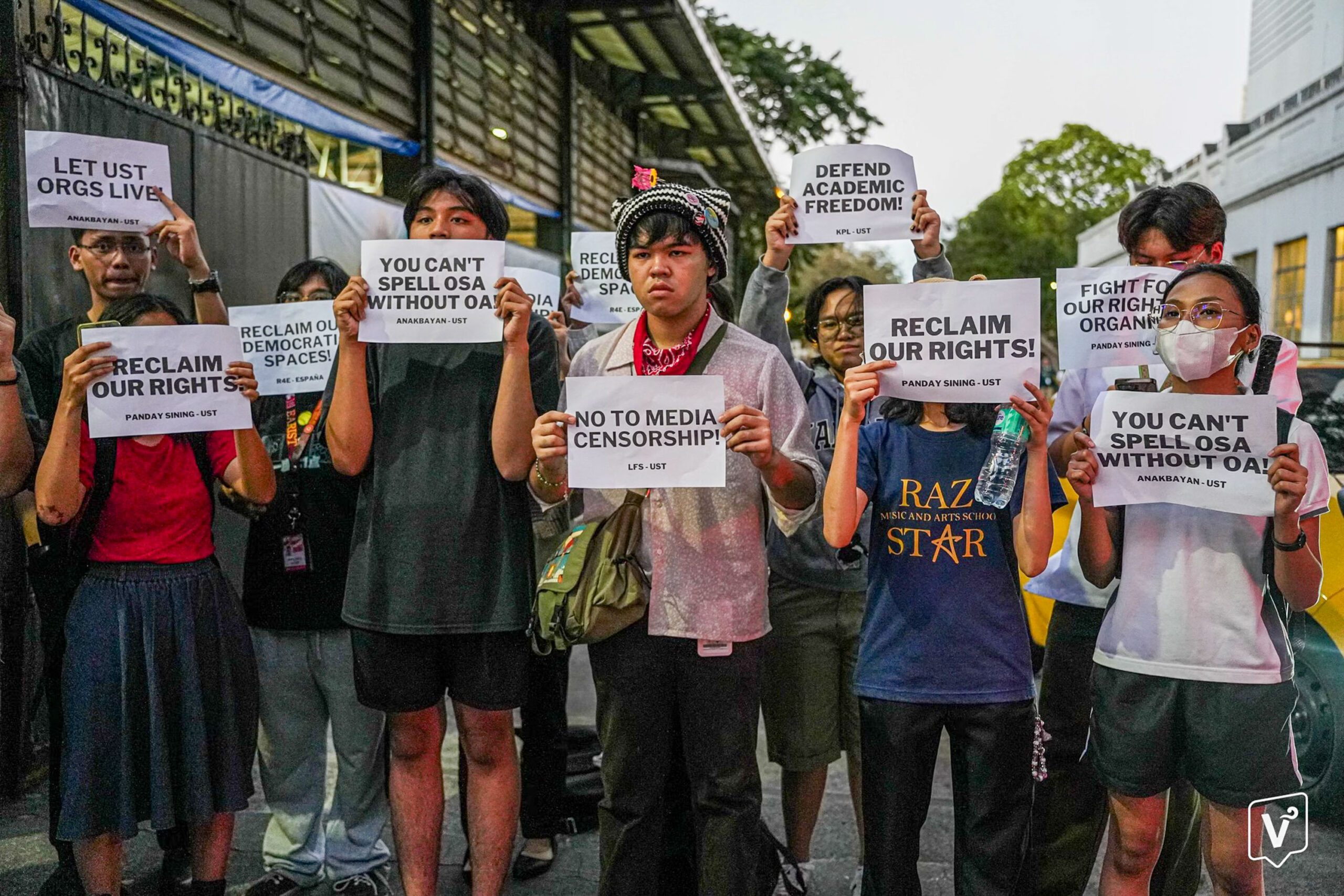
“Assert our space.”
These words are from University of the Philippines Student Regent Sofia Jan Trinidad while she was at the Rappler newsroom last Saturday, February 17.
Her words rang again in my ears just two days later when news broke that the University of Santo Tomas school administration pressured its students’ digital media organization TomasinoWeb to take down a photo it had posted on social media.
Innocuous perhaps to most, this photo merely showed students of UST’s College of Information and Computing Sciences standing in front of a 7-Eleven store. Intentionally or not, the photo does make one notice how the students’ uniforms mirror the colors of the convenience store brand. According to UST, this brought “public ridicule” upon the institution, warranting a takedown of the photo.
Leo Laparan II, a journalist who serves as TomasinoWeb’s publications adviser, resigned in protest, calling the school authority’s act a “clear illustration of censorship.”
Now according to UST’s rules, because TomasinoWeb has lost its publications adviser, it cannot be allowed to make any new social media posts until Laparan is replaced. Apparently, because TomasinoWeb is not “officially” a student publication under UST rules, it needs an adviser to keep posting on social media. Never mind that the Campus Journalism Act of 1991 states that student publications in universities aren’t required to have such an adviser. The law defines student publications as, “The issue of any printed material that is independently published by, and which meets the needs and interests of, the studentry.” Its Section 4 also carries this definition: “A student publication is published by the student body through an editorial board and publication staff composed of students selected by fair and competitive examinations.”
Let’s go back to Sofia.
She was one of the speakers at our “By the Youth, For the Youth” event organized by our civic engagement arm, MovePH. Around 100 student leaders, campus journalists, and youth organization members showed up at our newsroom to talk about how they can make a difference in public issues they care about, within and beyond campus.
Sofia, one of the UP student leaders who mobilized during the Christmas holiday season to provide shelter to Palestinian refugees, said the UP student council often faces pressures from their school administration too.
“Hindi kami nag-a-adjust. We assert our space in the university and this should also be a practice sa atin na ina-assert natin ‘yung sarili natin sa society, kung saan tayo nakatira,” she said during the panel discussion.
(We don’t adjust. We assert our space in the university and this should also be a practice among us, that we assert ourselves in society, or wherever we live.)
Academic freedom and press freedom were among the challenges the students identified during the workshop part of the event.

Another participant, Heather Andres from the Development Society of Ateneo, said, “We (students) are the biggest stakeholders of our university so we really have to push and really call for the things that really concern us and that affect us.”
I couldn’t agree more.
Schools are supposed to be bastions of independent and critical thinking. We cannot learn if we cannot think for ourselves. Knowledge cannot grow if every human just accepts unsatisfactory explanations and dogma handed down from above.
While the taking down of a photo may seem like a small thing, tiny pebbles make an avalanche. The more we accept that this is just the way things are, the more likely we will find ourselves forgiving bigger transgressions.
When we teach young people that they cannot say this or that because we prioritize an institution’s “image,” are we not teaching them to belittle their own freedoms? Will this not, in turn, teach them to belittle other people’s freedoms?
I also think that for many people, UST’s reputation suffered much more from the photo takedown than from the photo itself.
Like what was shared at our student empowerment gathering last Saturday, what happens in campuses doesn’t just stay in campuses. The actions of young Filipinos affect the nation. Just look at the 2022 elections, when 6 out of 10 registered voters were aged 18 to 41 – Gen Z and millennials.
The TomasinoWeb photo takedown has consequences far beyond UST’s beautiful campus. It’s already renewing calls to revisit the Campus Journalism Act (which I was chagrined to find is almost as old as I am!). It’s gotten working journalists talking about press freedom.
Truly, youth issues are the nation’s issues. Campus press freedom is press freedom. #DefendPressFreedom – Rappler.com
Add a comment
How does this make you feel?


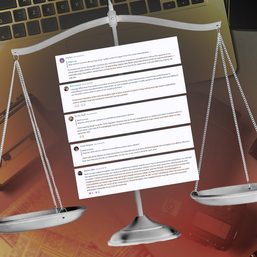

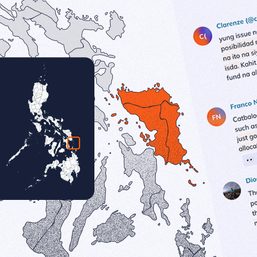

![[OPINYON] Tungkol sa naging viral na social media conjecture](https://www.rappler.com/tachyon/2024/07/thought-leaders-conjecture-07262024.jpg?resize=257%2C257&crop_strategy=attention)

![[EDITORIAL] Apat na taon na lang Ginoong Marcos, ‘di na puwede ang papetiks-petiks](https://www.rappler.com/tachyon/2024/07/animated-bongbong-marcos-2024-sona-day-carousel.jpg?resize=257%2C257&crop=280px%2C0px%2C720px%2C720px)


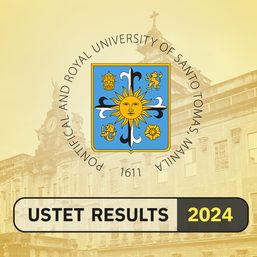
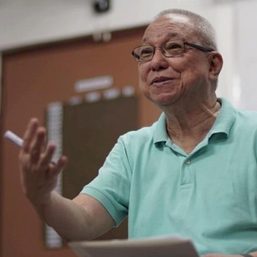
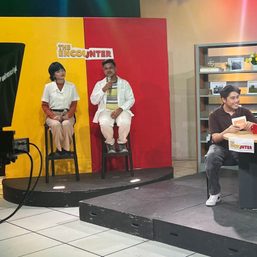
There are no comments yet. Add your comment to start the conversation.